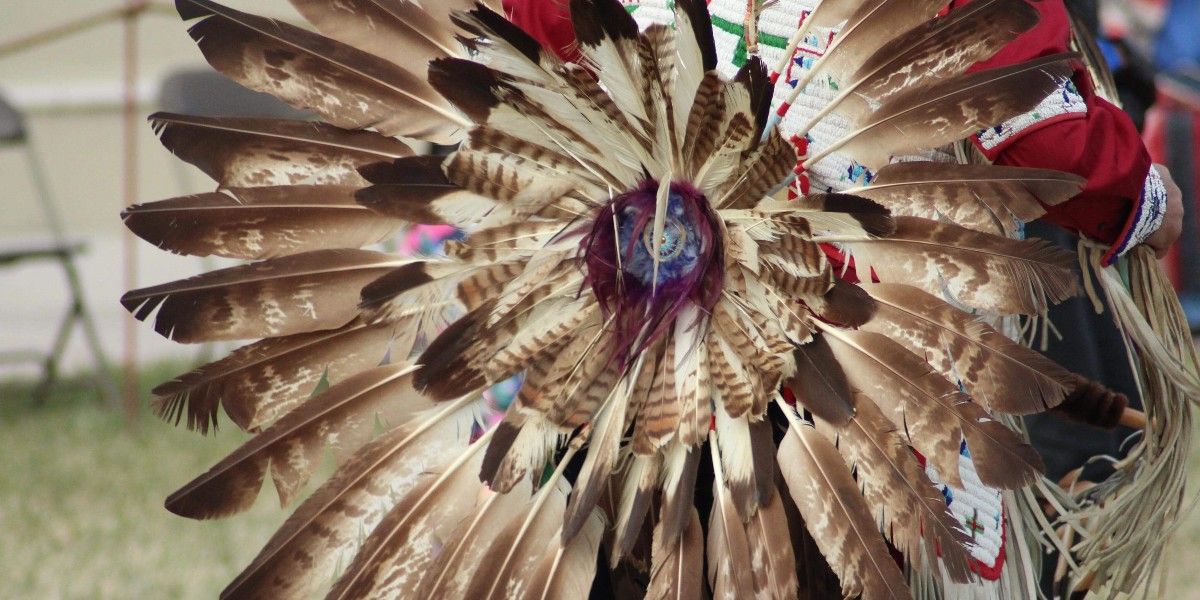
Southwest Native American Art: A Short Peek
From the ancestral Anasazi people dating back to 1400 CE to the modern-day Apache and Pueblo tribes and every Native American tribe and generation in between, each group has found a way to portray their existence in art form. Whether it’s ceramic bowl painting, jewelry making, or basket weaving, artwork all over Southwest America is the perfect depiction of Native American history, culture, religion, and everyday life. You can learn more about a wide array of southwestern paintings from Fine Art Publishing!
Here, we’ll delve more into Southwest Native American art and how you can revel in these beautiful pieces when you visit Fine Art Publishing today.
Hopi Kachina Dolls
An ideal example of American Southwest art is the Hopi kachina doll. These dolls, made from Cottonwood root, are usually carved by the men of the tribe into different forms, including crops, animals, insects, and the sun and moon.
While the clan may not worship the kachina dolls like gods, they highly value the carvings as spirits that guide them. They assist with fertility in women, teach spirituality to children, and encompass a partial spirit that guides any tribe member who receives one during ceremonies.
Since the creation of the first kachina doll in 1857, more materials have become available to the artists, making the carvings more advanced than ever before. They now include beads, leather, and moving parts, thanks to modern technology.
Navajo Sandpainting
Navajo sandpainting is another American Indian fine art form that has reigned in the Southwest for hundreds of years. Similar to kachina dolls, sandpaintings have spiritual power. However, the Navajo people don’t take this Southwest Native American art lightly since it heals the sick but may also bring illness to those who misuse it.
These sandpaintings are made from colorful rocks ground by the clan’s medicine men. The medicine men then paste the sand into unique and intricate designs, ensuring they never copy older symbols or layouts for fear that replication will make the creator ill. What’s more, medicine men must complete each religious ceremony involving sandpaintings before the sun sets on that given day.
Up until the 1950s, the medicine men created these sandpaintings on the ground where the tribe lived. Now, particle boards have entered the picture, allowing publishing houses like ours to obtain genuine Native American art from the talented Navajo people.
Navajo Weaving
Like their sandpaintings, the Navajo’s woven rugs are each handmade and unique, ensuring each purchased rug is unlike any other. The rugs consist of unprocessed, dyed wool from sheep shearings that the Navajo women weave into beautiful pictures illustrating their lives, scenery, people, and spirituality.
For centuries, the elders have trained young girls to prepare the yarn for this Southwest Native American art and weave it with unmatched precision. Today, while the preparation process has evolved, these young women continue to sit patiently for hours weaving in a traditional way that many thought wouldn’t last.
Native arts have had a place in American history for centuries. Now, it can have a place in your heart. To learn more about the paintings of the Southwest and truly appreciate Southwest Native American art, call us at 520-274-4992 today!